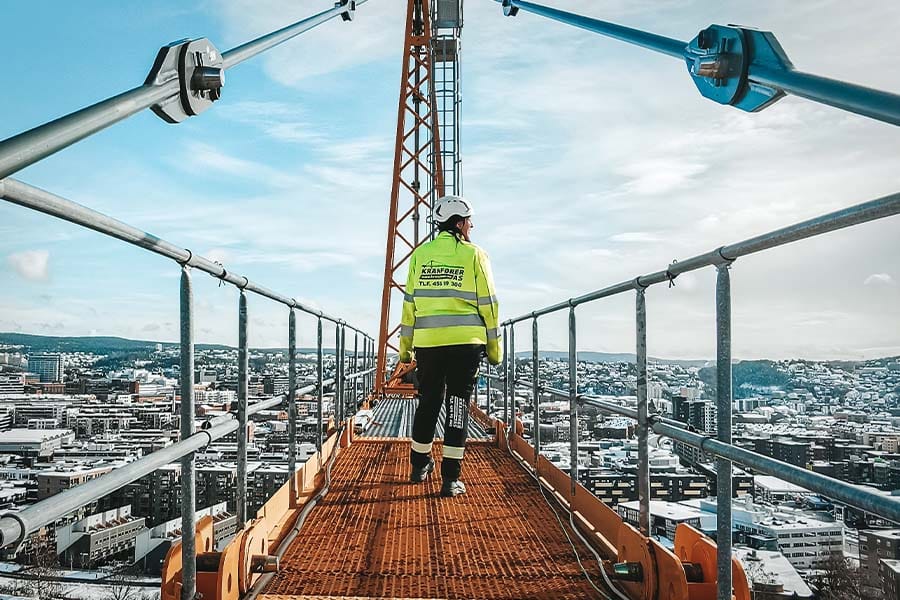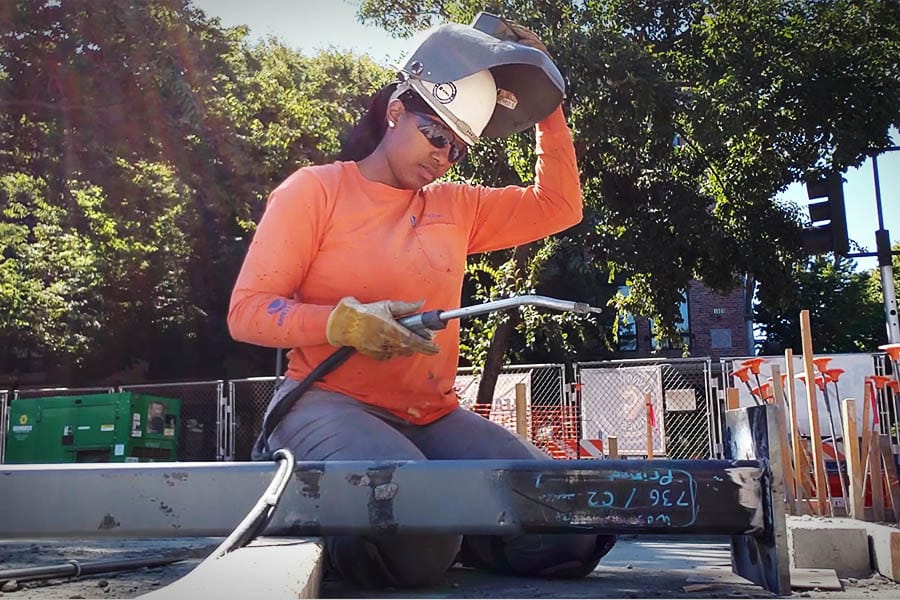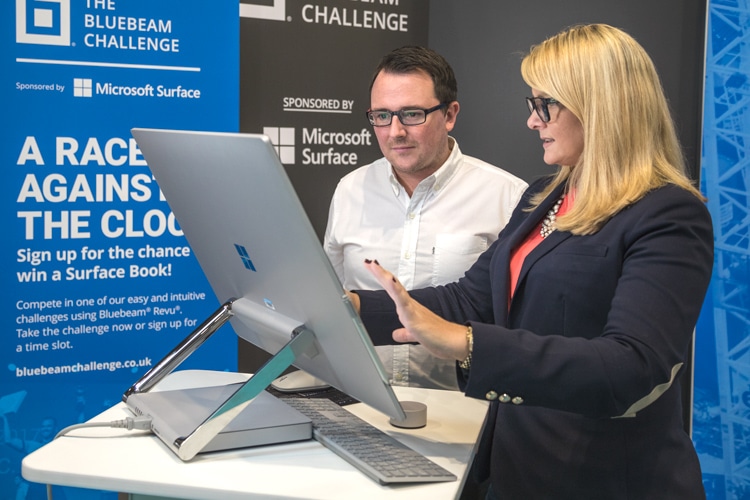Construction Manager magazine teams up with Bluebeam to host a roundtable aimed at technology adoption in construction and the role it plays in closing the industry’s skills gap and attracting new talent.
A meeting of the minds took place at the WeWork Waterhouse Square location in London, UK, featuring key players within the construction industry. The one-day discussion allowed participants from various backgrounds to voice their opinions and personal experiences regarding a variety of topics, including site experience, digital communication, gamification, recruitment of younger workers, and technology adoption and implementation.
Panelists:
- Chair, Denise Chevin, Former Editor of Construction Manager, Current Editor of BIM+
- Calum Sinclair, Immersive Technologies Specialist, WSP
- Sarah Davidson, Head of Research and Development, Gleeds
- Rebecca De Cicco, Director, Digital Node
- Kevin Lea, Senior Vice President, Product Management, Allplan
- Nick Leach, Strategic BIM Manager, Sir Robert McAlpine
- Casey Rutland, UK Director of Digital, Royal HaskoningDHV
- Dale Sinclair, Director of Technical Practice, AECOM
- David Glennon, Head of Digital UK, Arcadis
- Edward Clarke, CIOB Novus Chair/Construction Graduate, Berkeley Group Holdings Plc
- Robert Klaschka, Director of Digital Built Environment, Sumo Services
- Sasha Reed, VP of Strategic Development, Bluebeam, Inc.
- James Chambers, UK Country Manager, Bluebeam, Inc.
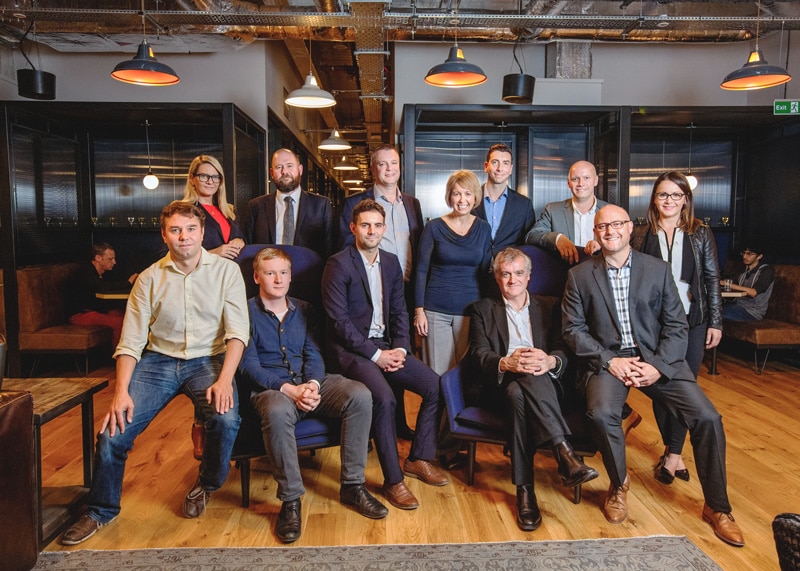
Why Have This Discussion?
According to findings from Arcadis, UK construction must recruit more than 400,000 people each and every year between now and 2021 in order to build the homes and infrastructure the nation needs. The industry’s attitude toward technology has played into the lack of younger workers, according to Taylor Ryan of GenieBelt. “Many construction companies have failed to adopt technology in the way they do business, and this has been a big letdown at the expense of a younger generation seeking employment,” he pointed out in a Construction Manager post from earlier in 2017.
With similar issues impacting the US and other countries, this discussion is crucial for the current state of construction. “We are underselling what is one of the most exciting things you could ever be involved in,” says Bluebeam UK Country Manager, James Chambers. “Changing a country or nation [by creating] a building is astonishing and [the fact that] we have undersold it to the next generation—so much that they don’t want to be in it—is amazing.”
What Can Be Done?
While the panel was quick to identify the differences between the work styles of the older and younger generations, it was easily agreed that pitting them against one another is not the answer. There is no replacement for hands-on build knowledge, and it is crucial for younger workers to gain that insight from the more veteran workers. “We need to recognize that gap,” says SVP of Product Management for Allplan Kevin Lea. “Seniors embrace tech that we have and use those tools to their advantage. We need the senior engineers to talk to the junior engineers. Software is a tool to enable that.”
AECOM Director Dale Sinclair agreed with Lea. “We’re trying to use more digital tools to attract and entice the younger generations,” he says. Casey Rutland, UK Director of Digital for Royal HaskoningDHV, sees reverse mentoring as an effective bridge between the two age groups and views technology as pivotal in that relationship. “Nothing can replace that face-to-face in the construction industry, but technology and digital does have an impact.” Robert Klaschka, Director of Digital Built Environments for Sumo Services, concurs, “You take someone who has the experience and someone who has the technology skills; people learn from each other.”
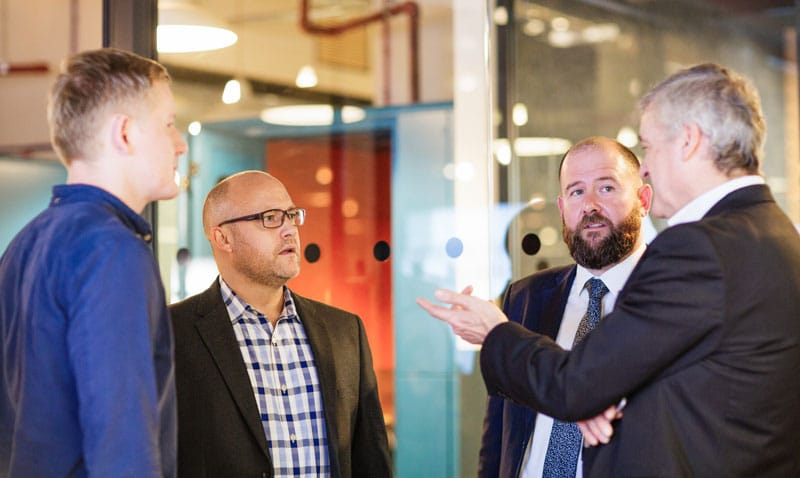
Technology as an Advantage and a Tool
Through all obstacles comes opportunity. While implementing tech and recruiting younger workers are formidable challenges, they do offer a chance for industry change. Digital Node Founder and Director Rebecca De Cicco recognizes this opening. “The opportunities are to implement training strategies to support their workflows—it’s about addressing the upskilling and the training to that organization.” Calum Sinclair, Immersive Technology Specialist for WSP, sees the new trend of “gamification” as another way to leverage technology for recruitment. “Normally what you do on a game, you can recreate all the construction software if you really want to. Game tech is really powerful and there’s a lot of tools already out; let’s see what we can do there and what can be done.”
David Glennon, Head of Digital UK for Arcadis, sees that the introduction of new technology is triggering change in surprising ways. “It’s not just digital driving the change, it’s some of the things around it. A lot of our digital work is [based] around co-creation with clients, doing innovation and rapid prototyping, which is attracting new people to the industry—people who wouldn’t normally come to construction. But also there is the opposite of what digital is doing to skills; it’s watching people already change in the industry. QSs [quantity surveyors] want to find out about data analytics, so they’re asking how can they retrain and use those skills in work, and how to do lean construction and automate existing processes, so we are already seeing a change in the skills mix.”
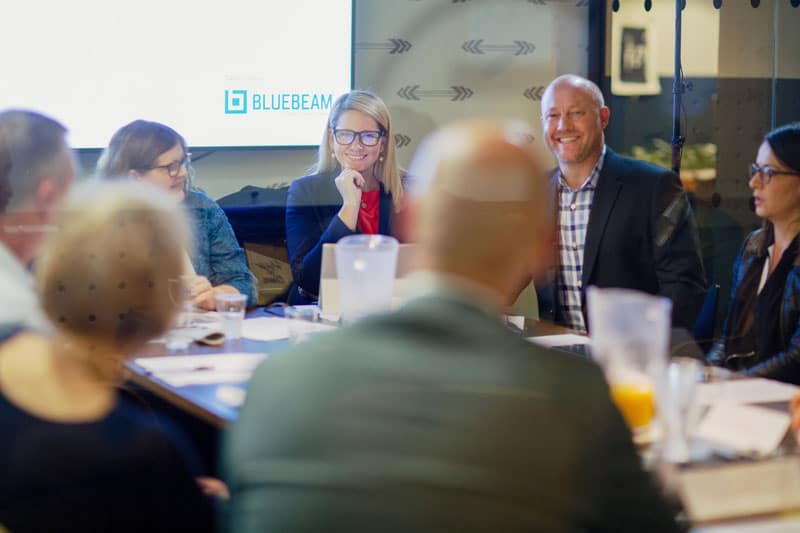
The Value of Communication
“Really something that’s made a step change in communication in the industry is PDF. Everybody can share knowledge and info with PDF,” explains Rutland. Having a singular and easily accessible format is a viable project tool, thanks to technology like Bluebeam Revu, which is a PDF-based workflow and collaboration solution, equipped with tools that span the entire project lifecycle. Using a singular format to communicate build information simplifies project communication for those who are less tech savvy as well as the process of transferring data to the field.
While it is a step, Rutland urges that the implementation of jobsite technology is still part of a larger picture and process. “It’s not necessarily transformational. It won’t change things overnight, it won’t happen immediately, but it is having a positive effect on lots of things.” Sarah Davidson, Head of Research and Development for Gleeds, agreed that while tech is a catalyst, the follow-through must come from project stakeholders: “I do see that technology helps the discussion because you can immerse clients into what their project might well be, and that makes it more understandable for them. But I still think that even with that, we need to work better together as teams to make sure they are not just understanding the visual aspect of what they are buying, but they understand how it is going to operate, how long it will take to get it, how much it will cost—that is not just achieved through a member of the project delivery team having a piece of software; it’s achieved by a much bigger coordinated beast.”






